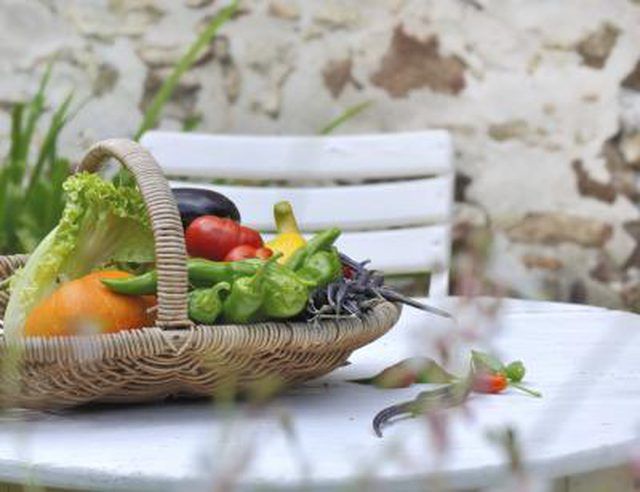Bulbs
Flower Basics
Flower Beds & Specialty Gardens
Flower Garden
Garden Furniture
Garden Gnomes
Garden Seeds
Garden Sheds
Garden Statues
Garden Tools & Supplies
Gardening Basics
Green & Organic
Groundcovers & Vines
Growing Annuals
Growing Basil
Growing Beans
Growing Berries
Growing Blueberries
Growing Cactus
Growing Corn
Growing Cotton
Growing Edibles
Growing Flowers
Growing Garlic
Growing Grapes
Growing Grass
Growing Herbs
Growing Jasmine
Growing Mint
Growing Mushrooms
Orchids
Growing Peanuts
Growing Perennials
Growing Plants
Growing Rosemary
Growing Roses
Growing Strawberries
Growing Sunflowers
Growing Thyme
Growing Tomatoes
Growing Tulips
Growing Vegetables
Herb Basics
Herb Garden
Indoor Growing
Landscaping Basics
Landscaping Patios
Landscaping Plants
Landscaping Shrubs
Landscaping Trees
Landscaping Walks & Pathways
Lawn Basics
Lawn Maintenance
Lawn Mowers
Lawn Ornaments
Lawn Planting
Lawn Tools
Outdoor Growing
Overall Landscape Planning
Pests, Weeds & Problems
Plant Basics
Rock Garden
Rose Garden
Shrubs
Soil
Specialty Gardens
Trees
Vegetable Garden
Yard Maintenance
How to Tell When Banana Peppers Are Ripe
How to Tell When Banana Peppers Are Ripe. Banana peppers (Capsicum annuum) come in two main varieties, the hot banana pepper and the mild sweet banana pepper. Both of these annual pepper varieties grow during the hot, frost-free days of summer in a sunny garden bed. Allowing them to fully ripen on the plant to the desired stage gives you some...
Banana peppers (Capsicum annuum) come in two main varieties, the hot banana pepper and the mild sweet banana pepper. Both of these annual pepper varieties grow during the hot, frost-free days of summer in a sunny garden bed. Allowing them to fully ripen on the plant to the desired stage gives you some control over both the flavor and the color of the mature peppers.
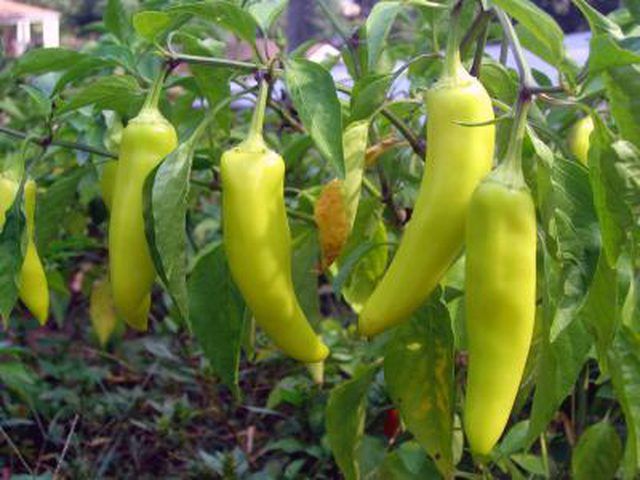
Banana peppers take about 70 to 75 days to reach their mature size from the time they germinate. Cultural conditions can affect the length of the growing season. Cool weather, less-than-optimum soil and drought stress can all slow growth so it takes longer for the peppers to mature. Use the average days to maturity as a guideline for when to begin checking your peppers for ripeness, because some peppers may also mature more quickly while others on the same plant may need more time.
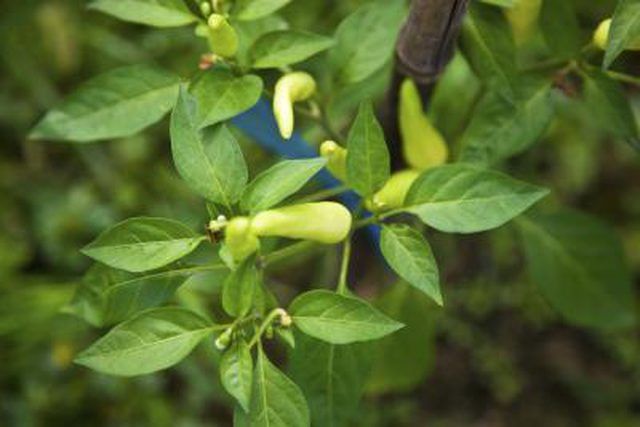
Hot banana peppers reach about 6 inches long and 1 1/2 inches wide at maturity. Harvest at any time after the peppers turn yellow and they snap easily from the stem. The flavor is milder at the yellow stage. The peppers develop more heat as they mature to red. If you dry peppers after harvest, pick them once they turn bright red. Yellow peppers are more suitable for fresh use or pickling.
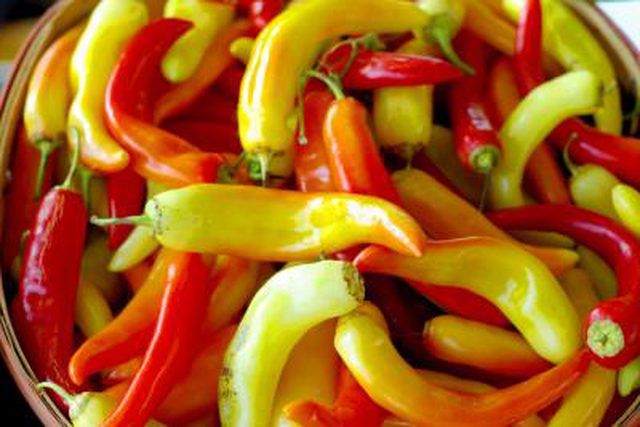
Sweet banana peppers can mature at a smaller size than the hot varieties, usually only growing 4 to 6 inches long and 1 1/2 inches in diameter. Like hot banana peppers, you can harvest sweet bananas at any time after they reach their full size and become completely yellow, but waiting until they turn completely red results in a sweeter pepper. Sweet banana peppers don't snap as easily from the stem at maturity as the hot varieties.
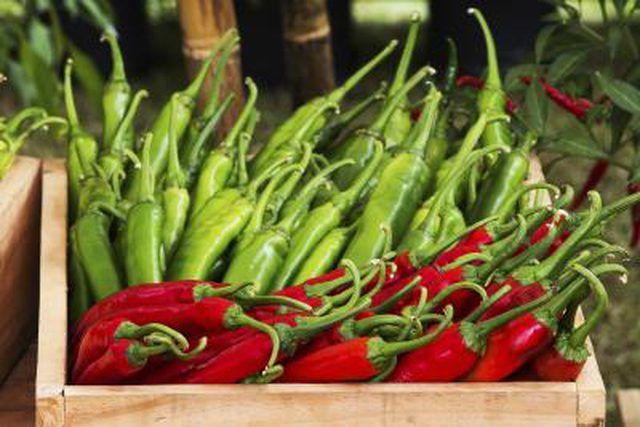
Harvest peppers after the morning dew has dried on the plants, because handling wet plants can spread disease pathogens. Pick hot banana peppers by grasping the pepper at the base of the stem where it attaches to the fruit and snapping the stem. Support the main plant with your other hand so you don't damage it. For sweet banana peppers, wipe a pair of shears with a cloth soaked in rubbing alcohol to disinfect them. Cut through the stem, leaving 1/4 to 1/2 inch of the stem attached to the fruit. Check the plants daily after they begin to ripen, because the peppers will develop at different rates and the plants will continue to flower and set new fruits.
